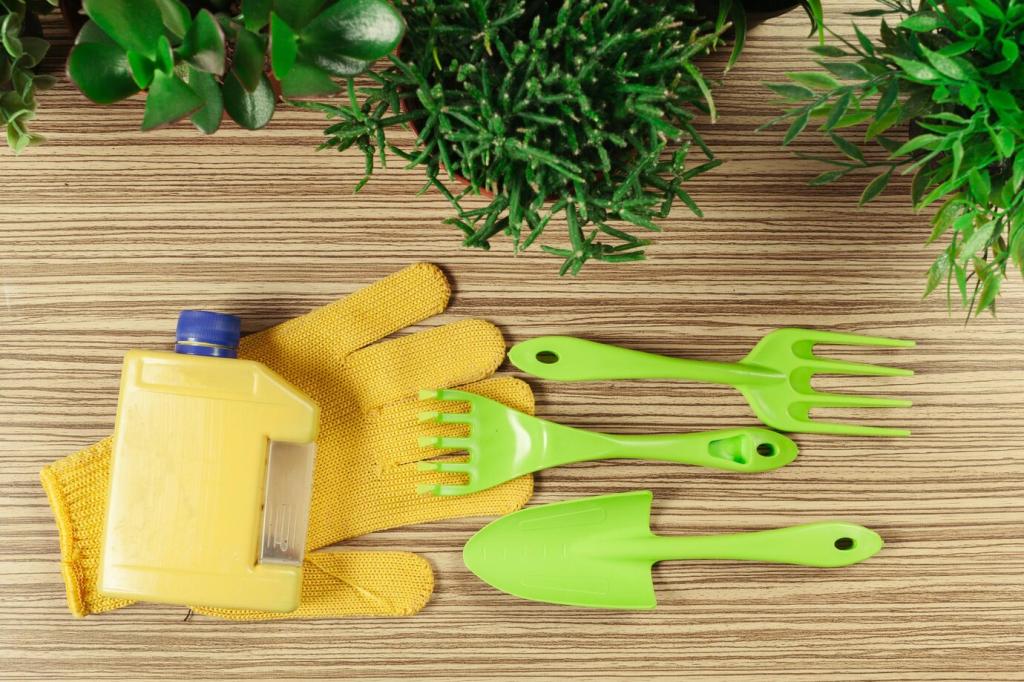Repair and Revival
A friend’s denim jacket carries a tiny backstitch patch where a bike pedal once snagged it. The repair holds a memory, not just fabric. Start your first mend this month and share a before-and-after photo to encourage others.
Repair and Revival
A small kit—needles, strong thread, darning mushroom or egg, fabric patches, and fabric glue—can turn panic into calm resolve. Practice ladder stitches on scraps and celebrate visible mends. Comment with your most trusted tool and why it earns a spot.






